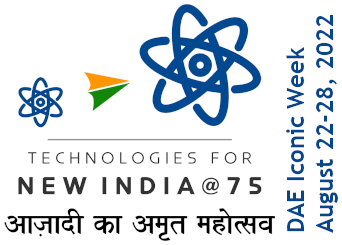Enhanced stability of topologically protected spin structures in skyrmion phase observed through a novel synchrotron X-ray metrology technique

Figure 1: Our X-ray based technique shows presence of sharp avalanches in the plot of Correlation Coefficient as the system switches from a stripe phase to a skyrmion phase. The boxes in the left and right side of the plot show the transformation of a magnetic Bragg peak as the applied field is varied.
We have shown that resonantly tuned coherent X-ray magnetic scattering technique provides a unique platform to perform element specific studies of stochastic events to quantitatively characterize fluctuations for answering the above questions. Fluctuations are of particular scientific interest in quantum materials where correlation effects and competing interactions yield a symmetry breaking non-trivial ordering phenomena, such as stripe order, spin and orbital order, or in topological spin phases like skyrmions, merons and anti-merons. By using this speckle metrology technique, we have observed dramatic reduction in the size and frequency of avalanches as the system switches from a magnetic stripe phase to a skyrmion phase. By analysing the data within the statistical mechanics framework, we observe that the avalanches follow different critical behaviour in the stripe and skyrmion phases of a thin film Iron (Fe) - Gadolinium (Gd) heterostructure.

Figure 2: Average size of domain jump as a function of temperature and applied field: Plot of cross-correlation function (red line) versus magnetic field for (a) order stripe, (b) skyrmion, and (c) disorder stripe diffraction spots. The black line in the figures corresponds to the correlation value from non-magnetic region (airy fringes). Correlation between two consecutive image patterns was done for those regions as mentioned in Fig. 1. The size and position of the boxes was maintained to be same for the entire field range. Colour bar represents average jump size. Contour plot of average jumps size〈X〉as a function of field and temperature for (d) entire magnetic phase and (e) skyrmion phase only. A peak in the jump size in (d) (red area ≈ 225 K, 150 mT) suggests a critical point.
Our findings envisage that topological protection related to skyrmion lattice results in drastic reduction of avalanches in contrast to a trivial stripe lattice. The difference in critical behaviour of avalanche statistics between stripes and skyrmions suggests distinct universality class. The results proves that topologically protected entity like skyrmions minimize fluctuations, thereby reducing entropy and decoherence, crucial for information processing and storage devices.
This work has appeared in the April 30th, 2019 issue of Nature Communications.

[PhD-Thesis (HBNI) of Mr. Arnab Singh; PI: Prof. Milan K. Sanyal in collaboration with Dr. Sujoy Roy, Advanced Light Source, USA].




